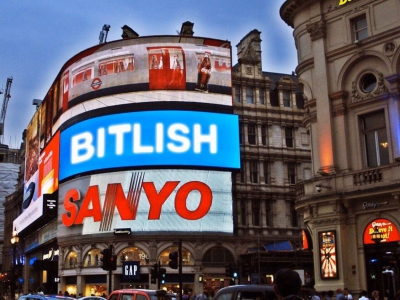While Chinese investors are losing their savings, some people are buying bitcoin. China’s stock market fall is pushing bitcoin higher. The bitcoin price reached a peak of $298.
Bitcoin goes up
Bitcoin price rise began in the early hours on 10 July. The price rose to $280 and reached the $294 mark by 18:30. Later in the evening bitcoin fell to $282. During the next day, bitcoin quickly went over the $290 mark and swiftly rose to $298.58.
Chinese bitcoin exchange OKCoin led the way. On 10 July, Chinese brokers were buying bitcoin at $305. The next day, some Chinese merchants were paying $380 for one unit of digital currency.
This happened when Shanghai Composite Index was down by 30% from its pre-crisis value. At the same time, another popular cryptocurrency, Litecoin lost around 20% of its price forcing market makers to leave it for bitcoin.
Big problems in China
This July, China’s stock market was suffering their worst slump since the world’s financial crisis. Many financial analytics have already compared it to the Wall Street crash in the late 1920s, which caused a global catastrophe and extended to all major economic players. Chinese stocks have become the most volatile among the major markets after Greece, Bloomberg stated yesterday.
According to the latest information, Chinese stocks lost about $3.9 trillion in value, more than the entire French stock market and the total annual output of Germany combined. The bubble burst on 12 June, and after that Shanghai Composite Index was down by about 30%, while Shenzhen Composite has lost roughly 40%.
China is trying to stop the market slide. The People’s Bank of China has considerably cut interest rates. The government started buying stocks and allowed over a half of China's stocks to stop trading and suspend new IPOs. The China Securities Regulatory Commission banned shareholders with stakes of more than 5% from selling shares for six months.
More than 1,331 companies ceased trading on China’s mainland exchanges, freezing about $2.6 trillion of shares or about 40% of the country’s market value.
The fall of Litecoin
The crash in China coincided with the crash of Litecoin cryptocurrency. On 10 July, the price of Litecoin collapsed from 0.03 BTC to 0.02 BTC. Litecoin lost 30% of the price.
This prompted digital currency owners to close Litecoin position and move to bitcoin. Coinmarketcap.com recorded a surge in the Litecoin trade volume. It reached $956 million, breaking all the previous records.
Exchanges lead the way
The market crash in China and the fall of Litecoin caused a surge in demand for bitcoin. Chinese exchanges controlled significant share of the market before June. According to the March report from Goldman Sachs, about 80% of all bitcoin deals were denominated in Chinese Yuan.
According to Bitcoinity.org, on 10 July, daily volume of bitcoin trade in the world was around 600,000 BTC. That day, brokers at OKCoin bought and sold 216,000 BTC while trade volume at Huobi was 139,000 BTC.
Market share of OKCoin was 39%, while Huobi stayed at 23.6%. BTCChina did not participate in the rally and kept control over a moderate 8.64% of the market.
On 10 July, the number of bitcoin deals per minute grew considerably. Bitcoinity.org states that there were 408 trades per minute at OKCoin and 278 trades per minute at Huobi.
Roman Korizky, Daria Petushkova


















Comments